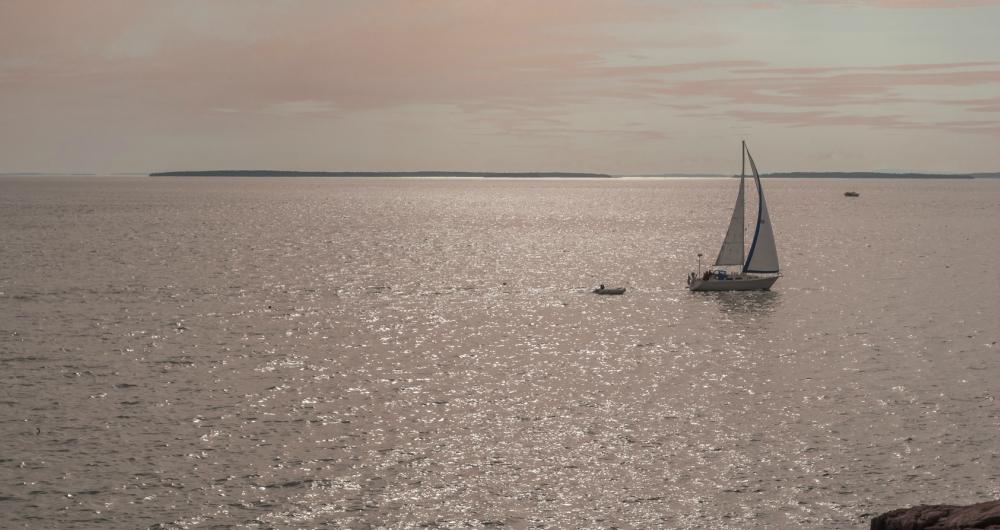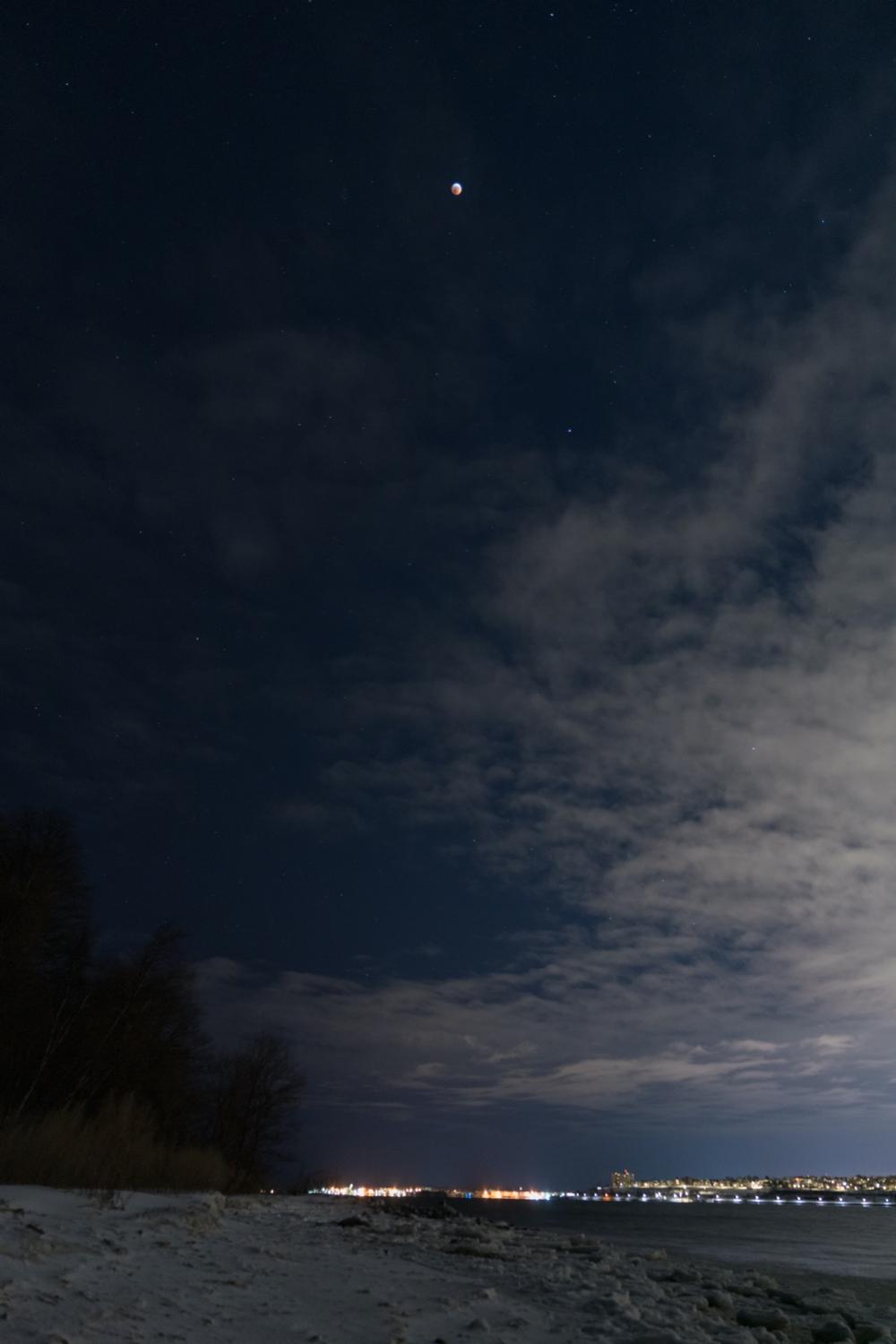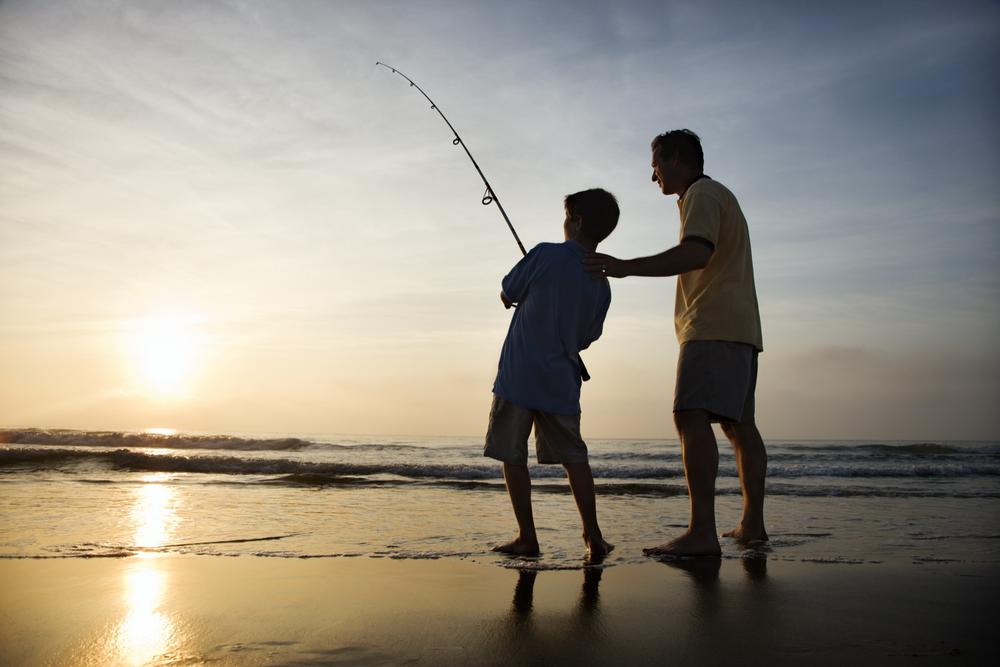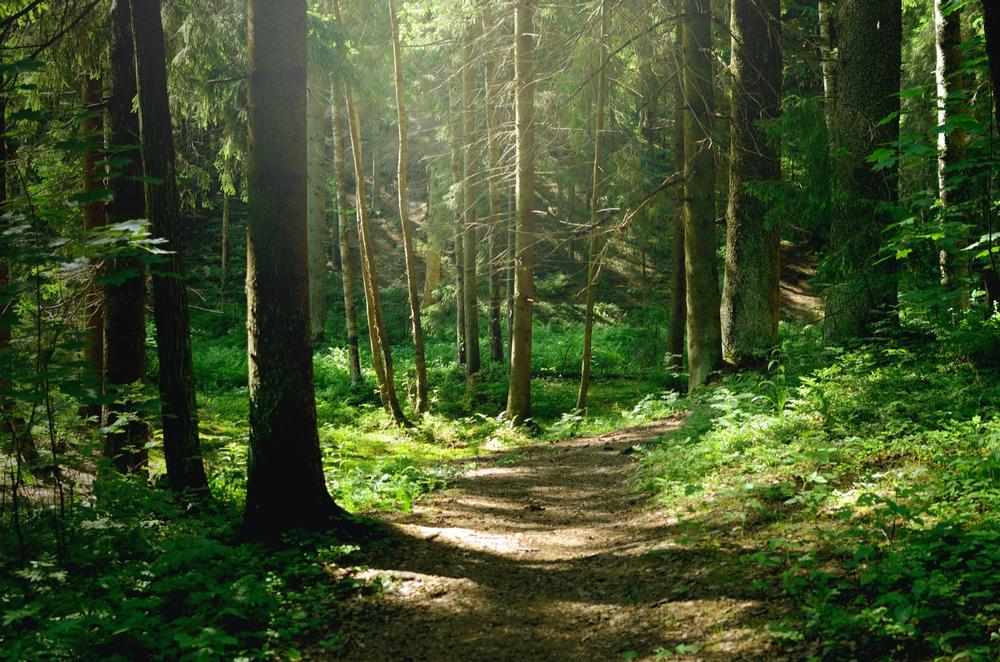Located off the eastern coast of the United States near Portland, Maine, Mackworth Island is part of the city of Falworth, Maine and is a designated bird sanctuary. You can enjoy a variety of natural outdoor activities here.
In Summary...
(and if you want to revisit my photo journey)





